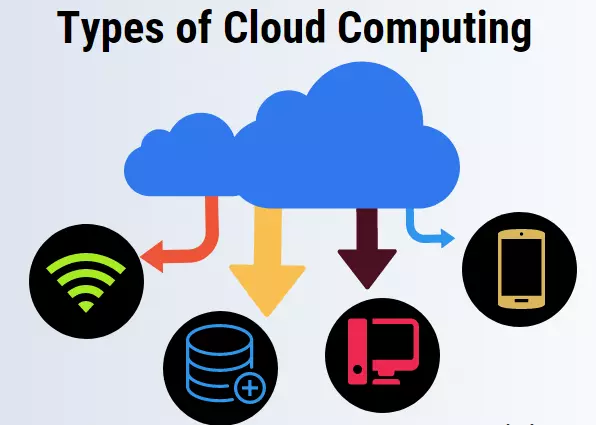What does it imply when someone states their data is on the cloud? We have all heard of the cloud, but what exactly is it? In this article, we will learn about different types of Cloud Computing and how they differ. So, let us get started.
What is Cloud computing?
Cloud computing refers to various applications and several types of data storage. The cloud keeps the storage on the internet, has a deep connection with the clients, and helps organizations develop and grow their business. Therefore, there is great demand for professionals with cloud computing certification.
There are several types of clouds that individuals and companies utilize, depending on whether they are for storage or computation. Examples of these clouds include public, private, and hybrid clouds.
We will go through all of these kinds of cloud computing.
Kinds of cloud computing
There are four kinds of cloud computing:
-
Private cloud
It is the single-oriented cloud with only one user, i.e., the only customer with totally isolated access to the IT Structure. Organizations nowadays launched a private cloud to work in a very private and constrained environment. The IT Structure of the private cloud helps the understaffed to provide a better IT structure. The private information is kept with the organization, and this cloud provides a special work target for system monitoring and maintenance.
-
Public cloud computing
These are designed with the help of third parties that provide cloud services to the masses on the internet, and these are available to every department and at a large level.
They provide answers and results for reducing IT infrastructure expense, thereby becoming the best choice for handling top work pressure on the top framework. Public clouds are the best option for small and mid-sized firms and organizations to help them develop the IT infrastructure to grow at peak, and massive storage helps them work efficiently.
-
Hybrid Cloud computing
This is a heterogeneous distributed system developed by mixing public and private cloud services. Therefore, they are also known as heterogeneous cloud computing. The major risk of this cloud is very high demands and a severe workload; however, where the load is overloaded there, only hybrids are used.
-
Community cloud
This is a distributed system established by combining the services of many clouds to meet the special demands of an industry, community, or business sector. Companies with similar interests or responsibilities can share the infrastructure in the community cloud, and an organization or a third party can administer the cloud.
Conclusion
Cloud computing has changed the way businesses do business in ways that many people are unaware of. Understanding the differences between various kinds of cloud computing and determining which is the best match for a developing organization is vital.
If you want to know more about the cloud in detail, Great learning offers several cloud courses. Do check out cloud computing courses eligibility before enrolling in any program.
